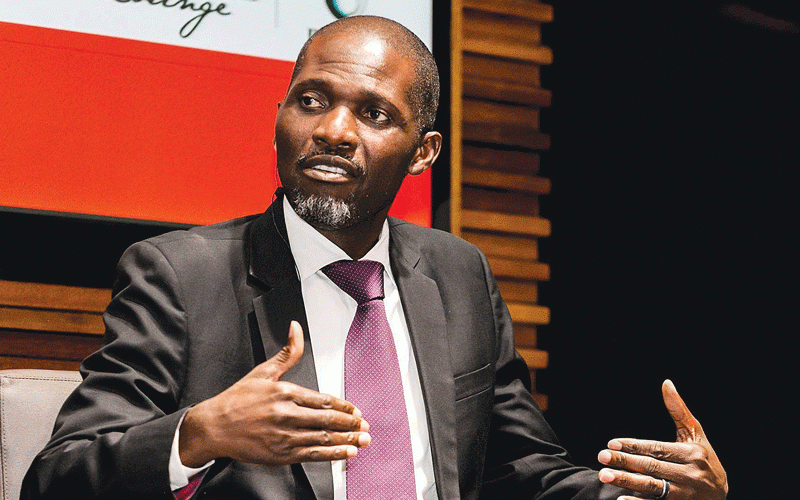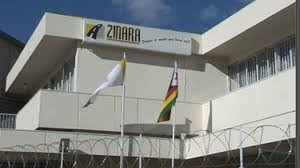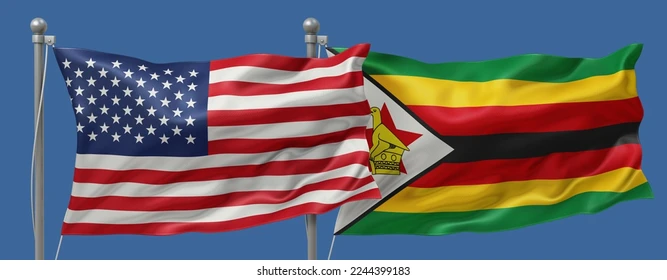
THERE was a little obvious history immediately apparent to the casual visitor to Belize City, the principal port of the minuscule Central American country of Belize (formerly British Honduras), which was the capital before it was almost totally flattened by a hurricane in 1961 and certainly not to most of my fellow passengers on what was then the biggest cruise ship in the world.
Travel with Dusty Miller
I certainly don’t belittle the major historical importance of architecturally-gifted, rebellious Mayans, an ancient people, whose breathtakingly-built pyramids — many thought to be still; hidden in dense overgrown jungle — dot Belize and Mexico’s Yucatan Peninsula: and the country’s colonial history was fascinating to someone living in post-colonial Africa.
There are many references to a Baron Bliss, the unusual name of the country’s major benefactor. Baron Bliss Day is among Belize’s public holidays, there’s a Baron Bliss Memorial Lighthouse and Park, a Bliss Institute Museum and Library and many Bliss health centres around the country.
Yet Baron Bliss never actually set foot in the country…alive! (He is buried there.) A keen fisherman and sailor, he left his wife and estates in England to roam the maritime world. Taken seriously ill with food poisoning on Trinidad, Bliss sailed his luxury yacht, Sea King to British Honduras, anchoring on the barrier reef tying to recover in the soft sea air.
He fell in love with the placid green Caribbean Sea, the cays and balmy climate and was treated kindly and sympathetically by local indigenous fishermen and Colonial administrators.
He didn’t recover, but was well enough to change his will, leaving US$2 million in a trust fund (in 1926 that was a huge amount of loot) to benefit Belizeans— British Hondurans — rather in the style of the Beit Trust in this part of the world and Rhodes’ Scholarships. (The will was unsuccessfully challenged in the High Court by the British government)
Bliss was born Henry Edward Ernest Victor Barrett in the UK in 1869, but changed his name to Bliss when he inherited the title of Fourth Baron of the Kingdom of Portugal through lineal descent from Sir John Moore, the British general who died at the Battle of Corunna in the Peninsula Wars.
- Chamisa under fire over US$120K donation
- Mavhunga puts DeMbare into Chibuku quarterfinals
- Pension funds bet on Cabora Bassa oilfields
- Councils defy govt fire tender directive
Keep Reading
Despite polio confining him permanently to a wheelchair from his early 40s, Bliss set off to sail around the world, but died without recovering from food poisoning.
His tomb is near the lighthouse bearing his name; Baron Bliss Day is marked each March with a Bank Holiday during which boat regattas and other water sports feature.
There was almost no obvious history in the immediate surroundings of our next port of call on a January six-night cruise on Independence of the Seas: at 160 000 gross tonnes, the then world’s joint largest passenger ship, despite many Mayan ruins existing in the jungle-clad hinterland. You had to research that history, and few of my fellow 4 700 sun-seeking passengers did that!
Costa Maya was created to cater for and service the enormous floating towns which constitute cruise ships plying the Caribbean, due to its year round excellent climate. It is built mainly in stark ugly concrete, often painted garishly and principally houses so-called “duty free” tourist trap shops, stores, bars and restaurants.
Some buildings are more attractive than others and some architects aesthetically incorporated classical Mayan design in contemporary construction.
But by and large naff it certainly is, although perhaps not totally repulsively so.
There is a certain paradoxical charm about the unashamed commercialism which completely changed the ancient fishing village of Mahahual (the Americans couldn’t have pronounced it is one theory!) into the snappier-named Costa Maya, with its huge port.
The resort is in the state of Quintana Roo which has been settled since about 2000 BC: an area active primarily in marine trade. In 1529, Spanish Conquistadors attacked the coast and in 1544 the port city of Bacalar fell to them.
The new Spanish soldier-settlers lacked skills to cultivate the tropical land and the Mayans stubbornly refused to work for the occupiers. The Spaniards retreated inland when pirates attacked the settlement.
Mexico gained independence from Spain in the early 19th century, but Quintana Roo felt no change. In the mid-1800s, natives rebelled against the ruling occupants. The Mayans nearly ousted the Yucatan Army, but the rains started and the Indians stopped fighting in order to tend their crops! The Yucatan Army reclaimed the cities it had lost to the peasants.
In the late 19th and early 20th centuries, rebellious Mayans traded local indigenous hardwoods for weapons and continued fighting, effectively isolating Quintana Roo from the rest of Mexico.
Finally, in the early 20th century, the government established a customs station, ending weapons trading, making the province a safe haven for trade and settlement. In 1904 Quintana Roo became a full Mexican state, but remained quiet and largely unsettled until 1920 when President Diaz declared it a penal colony.
From 1920 to 1929 the sap of the chicazapote tree — chicle — was the main crop: it was used to make chewing gum until synthetic substitutes were developed. In the 1950s the economy boomed with exports of mahogany and cedar timber.
In 1974 the first tourist hotels opened in the Quintana Roo resort of Cancun—now a major international travel destination.
Costa Maya and several other resorts followed the success of that venture and today Costa Maya is quickly developing into a haven for global travellers, due to its inexpensive real estate, beautiful beaches, safe water sports and friendly people: and the regular appearance at the dock-side of floating gin-palaces like the Independence of the Seas with their thousands of tourists, most of whom are happy to be there, buy the T-shirt, down a few Mexican lagers and swim in the saltwater swimming pools and don’t give a Mexican jumping bean for the proud history of the place.
dustym@zimind.co.zw











